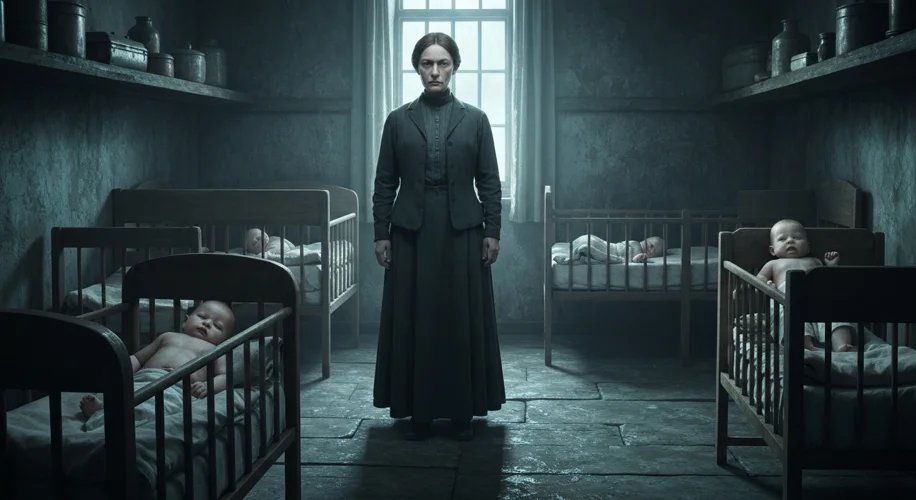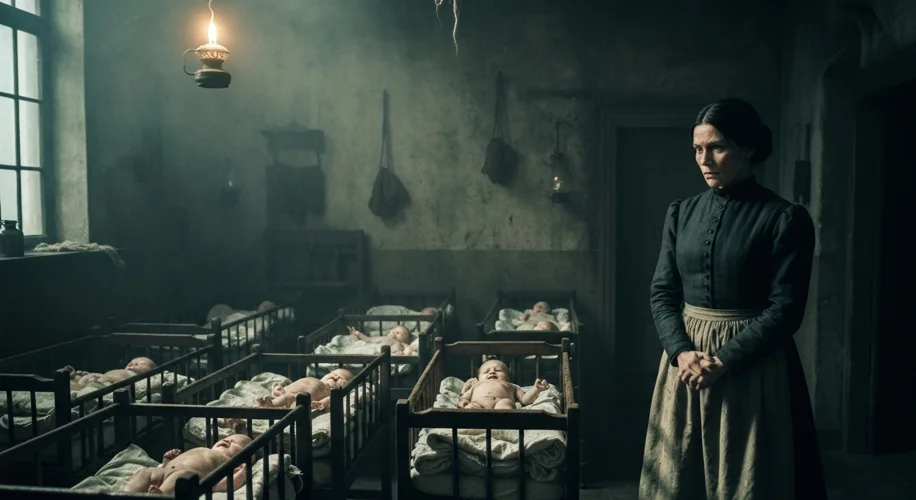The recent news of a Pensacola woman facing jail time for adoption deception serves as a stark reminder of how vulnerable processes, like adoption, can become targets for elaborate schemes. This isn’t a new phenomenon; the desire to build a family, coupled with desperation and societal pressures, has historically created fertile ground for fraud and exploitation.
From the earliest days of recorded history, the longing for children has been a powerful human driver. In ancient societies, where lineage and heirs were paramount for status, wealth, and religious continuity, the inability to conceive could be a devastating social stigma. While formal adoption as we understand it today was rare, various forms of child-rearing arrangements existed. Foundlings were often taken in by families, sometimes with unspoken expectations, and the transfer of guardianship could be fluid, leaving room for manipulation. However, these were often driven by necessity or kinship rather than predatory intent.
The 18th and 19th centuries witnessed a significant shift. Industrialization led to massive social upheaval, increasing poverty, and the rise of urban centers. This era saw a surge in abandoned children, often the offspring of unwed mothers facing social ostracization or economic ruin. Orphanages and asylums became overwhelmed, and adoption began to emerge as a more structured, albeit often fraught, solution. It was during this period that the seeds of adoption deception were sown. Wealthier families, eager for heirs and often unable to have children of their own, became targets for those who could procure infants.
One of the most insidious forms of deception involved “baby farms.” These were essentially unregulated nurseries where infants, often acquired through illicit means or from impoverished mothers under false pretenses, were kept in squalid conditions. The proprietors would then “sell” these children to unsuspecting couples, often presenting them as orphaned or relinquished. The mortality rates in these places were tragically high, with many infants dying from neglect and disease, their deaths conveniently unrecorded.

Another common tactic was the “black market baby.” This involved intermediaries, sometimes doctors, nurses, or even lawyers, who would facilitate the “placement” of infants for a fee. The mothers were often young, scared, and uninformed, believing they were doing the best for their child by giving them up to a seemingly better life. The adoptive parents, desperate for a child, might be led to believe the adoption was entirely legal and above board, unaware of the underhanded dealings or the true circumstances of the child’s acquisition.
Legal frameworks began to evolve in response to these abuses. The mid-20th century saw the formalization of adoption laws, requiring greater transparency, background checks, and court oversight. This was partly driven by a growing awareness of the ethical quagmire surrounding private adoptions and a desire to protect both birth mothers and adoptive parents. However, the demand for infants, particularly healthy Caucasian babies, remained high, and loopholes persisted. Open adoption, where birth and adoptive parents maintain contact, began to gain traction as a way to provide more information and reduce the secrecy that fueled deception.
The societal attitude towards adoption itself played a crucial role. For a long time, adoption was often seen as a last resort, tinged with shame or secrecy. Birth mothers who relinquished children were often encouraged to cut ties completely, fostering a sense of loss and abandonment that could be exploited. Conversely, adoptive parents sometimes felt immense pressure to present a perfect family image, making them reluctant to question the provenance of their child.
Consider the case of centralized “adoption agencies” that sprung up, some of which were legitimate, while others operated with a veneer of respectability masking darker intentions. These agencies might solicit donations from prospective adoptive parents, promising a child, only to disappear or provide children with fabricated histories. The emotional and financial toll on these families was immense.
The consequences of these deception schemes were profound and far-reaching. Children grew up with falsified identities, unaware of their true heritage, leading to identity crises and emotional distress. Adoptive parents lived with the secret knowledge that their family had been built on a foundation of lies, fearing exposure or the potential reappearance of a birth parent. Birth mothers often carried the burden of lost children, sometimes haunted by the knowledge that their child might have been mistreated or suffered due to the fraudulent arrangement.
While modern adoption processes are far more regulated and transparent, the echoes of past deceptions serve as a cautionary tale. The Pensacola case, while a contemporary incident, highlights the enduring vulnerabilities that can exist when deeply emotional and life-altering processes are involved. It underscores the critical need for stringent legal oversight, ethical practices, and a societal commitment to honesty and transparency in all matters of family formation. The pursuit of family is a fundamental human desire, but it must never come at the cost of deceit and the exploitation of the vulnerable.

